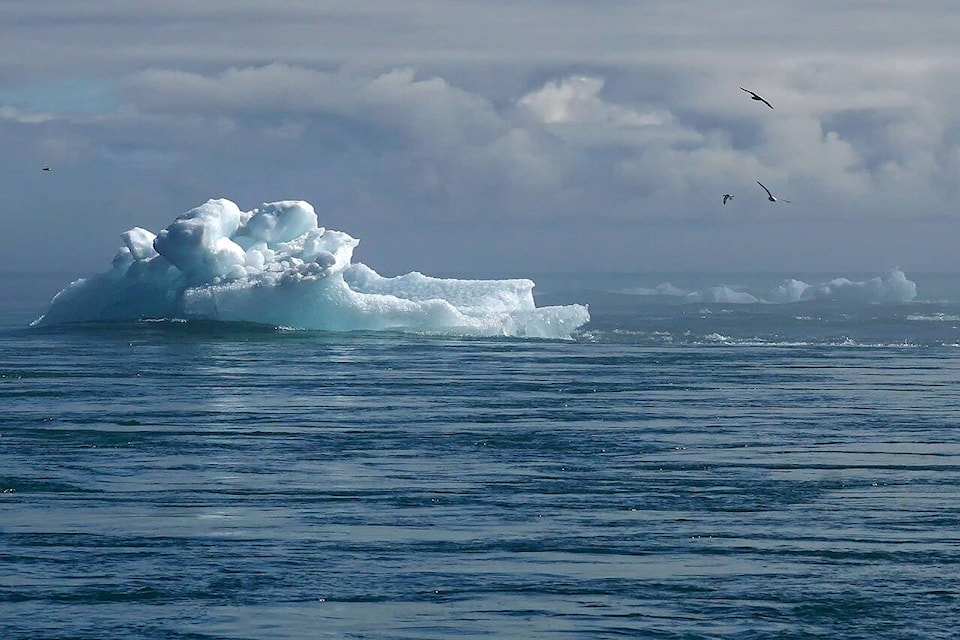The onset of climate change, bringing gradual change to average weather patterns across Canada each year, is having a big impact in Nunavut and the wider Arctic.
These include but are not limited to the melting of permafrost, glacial retreat, shifting animal habitats, coastal erosion and increasingly unpredictable weather.
“Climate change is a global issue,” said Sara Holzman, climate change program specialist with the Government of Nunavut’s (GN) department of Environment.
The GN Climate Change Secretariat (CCS), under the department of Environment, was established in November 2016 to coordinate the various departments within the GN and was created to help form partnerships, develop policies and aid Nunavummiut in adapting and mitigating the impacts of climate change.
Two departments the Secretariat often works and cooperates with are the Nunavut Housing Corporation and Qulliq Energy Corporation (QEC) to help spread awareness through campaigns on how Nunavummiut can save more energy.
QEC’s net-metering program allows homeowners to create their own renewable energy while adding more electricity to the grid and getting it back in the form of energy credits for future bills. The department of environment also incentivizes cabin owners to utilize renewables through the Renewable Energy Cabin Grant.
The best way to tackle climate change, says Holzman, is together.
“Everyone has a role in taking action on climate change, whether it’s reducing their carbon footprint by turning off their lights, putting solar panels on their cabins, or planning for unpredictable weather and changing travel routes when out on the land.”
The federal government also takes part in advocating for clean energy in the North, one example being supporting a community energy plan for Kugaaruk through Natural Resources Canada’s Indigenous Off-Diesel Initiative and Catalyst Program, expected to run through to 2024.
Community energy plans help identify the best opportunities for energy projects, the plan in Kugaaruk involves solar panels for its arena.
CCS has also partnered up with Sakku Investments Corporation to help develop community energy plans for Naujaat and Coral Harbour in Kivalliq, as well as Nunasi, Kitikmeot Corporation and Polar Knowledge Canada for Cambridge Bay.
Research is also being done on the impacts of thawing permafrost in Kugluk Territorial Park near Kugluktuk, which is experiencing significant changes due to melting permafrost and soil erosion. The GN actively takes part in the permafrost monitoring network PermafrostNet.
“All regions in Nunavut are already experiencing climate change impacts, though it’s unclear which regions and which sectors are being impacted the most,” said Holzman.
For more information about the GN’s climate change strategy, visit climatechangenunavut.ca.
